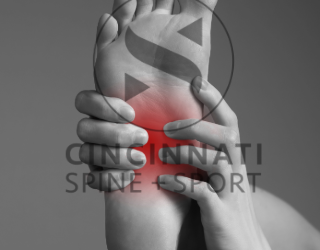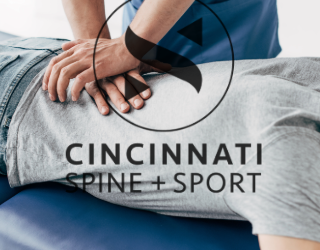Introduction
Our lumbar spine, or lower back, plays a crucial role in supporting our body and enabling a wide range of movements. However, it is also highly susceptible to mechanical stress and overuse, which can lead to pain and injury. In this post, we’ll explore how overstress to the lumbar spine occurs, its consequences, and strategies to prevent and manage these issues.
The Role of the Lumbar Spine
The lumbar spine consists of five vertebrae (L1-L5) and supports much of the body’s weight. It also facilitates movements like bending, twisting, and lifting. Given its central role, any excessive mechanical stress or strain can significantly impact its function and health.
Causes of Lumbar Spine Stress
- Poor Posture: Slouching or improper sitting and standing positions increase pressure on the lumbar spine.
- Repetitive Movements: Activities that involve frequent bending, lifting, or twisting can overwork the spine.
- Heavy Lifting: Lifting heavy objects, especially with improper technique, puts immense stress on the lower back.
- Sedentary Lifestyle: Lack of movement can lead to weakened muscles, increasing the risk of strain when the spine is used.
- Overtraining: Athletes and active individuals who do not allow adequate rest and recovery can suffer from overuse injuries.
Common Injuries from Lumbar Spine Stress
- Muscle Strains: Overuse can cause the muscles in the lower back to stretch or tear, leading to pain and stiffness.
- Herniated Discs: Excessive stress can cause spinal discs to bulge or rupture, compressing nearby nerves.
- Sciatica: When the sciatic nerve is compressed, often due to a herniated disc, it results in radiating pain down the leg.
- Facet Joint Pain: Overuse can lead to inflammation or degeneration of the facet joints, causing localized pain and reduced mobility.
Symptoms of Lumbar Spine Overuse
- Persistent lower back pain
- Stiffness and limited range of motion
- Muscle tightness and spasms
- Numbness or tingling in the legs
- Pain that worsens with movement or prolonged inactivity
Prevention and Management Strategies
- Maintain Good Posture: Practice proper sitting, standing, and lifting techniques to reduce stress on the lumbar spine.
- Strengthening Exercises: Engage in core-strengthening exercises to support the lower back and improve overall stability.
- Stretching Routines: Incorporate regular stretching to maintain flexibility and prevent muscle tightness.
- Ergonomic Adjustments: Ensure your work environment supports a healthy posture, with ergonomic chairs and properly positioned computer screens.
- Regular Movement: Avoid staying in one position for too long. Take breaks to move and stretch throughout the day.
- Proper Lifting Techniques: Use your legs, not your back, to lift heavy objects. Keep the object close to your body and avoid twisting movements.
- Rest and Recovery: Allow your body adequate time to rest and recover, especially after intense physical activity.
Treatment Options at Cincinnati Spine and Sport
At Cincinnati Spine and Sport, we specialize in diagnosing and treating lumbar spine issues caused by mechanical stress. Our multidisciplinary approach includes:
- Chiropractic Adjustments: To realign the spine and relieve pressure.
- Active Release Techniques (ART): To address soft tissue injuries and improve mobility.
- Dry Needling and Acupuncture: To alleviate pain and promote healing.
- Personalized Exercise Programs: To strengthen and support the lumbar region.
- Patient Education: To empower you with the knowledge and techniques to prevent future injuries.
Conclusion
Understanding how mechanical stress affects the lumbar spine is key to preventing and managing lower back injuries. By adopting healthy habits and seeking professional care when needed, you can maintain a strong, pain-free spine and continue to enjoy your favorite activities.
If you’re experiencing lower back pain or want to learn more about preventing lumbar spine stress, schedule an appointment with us at Cincinnati Spine and Sport. We’re here to help you live your best, active life.





